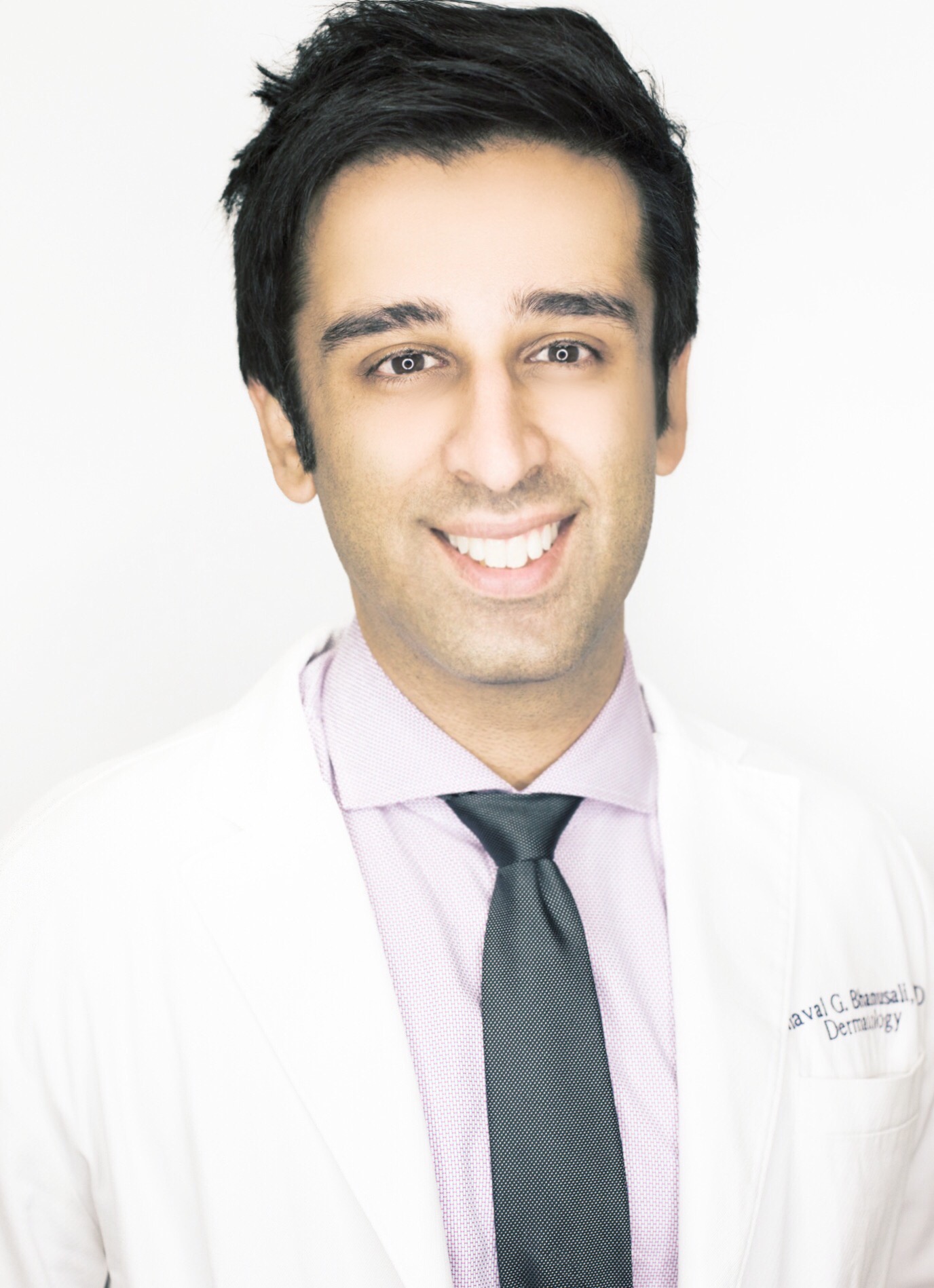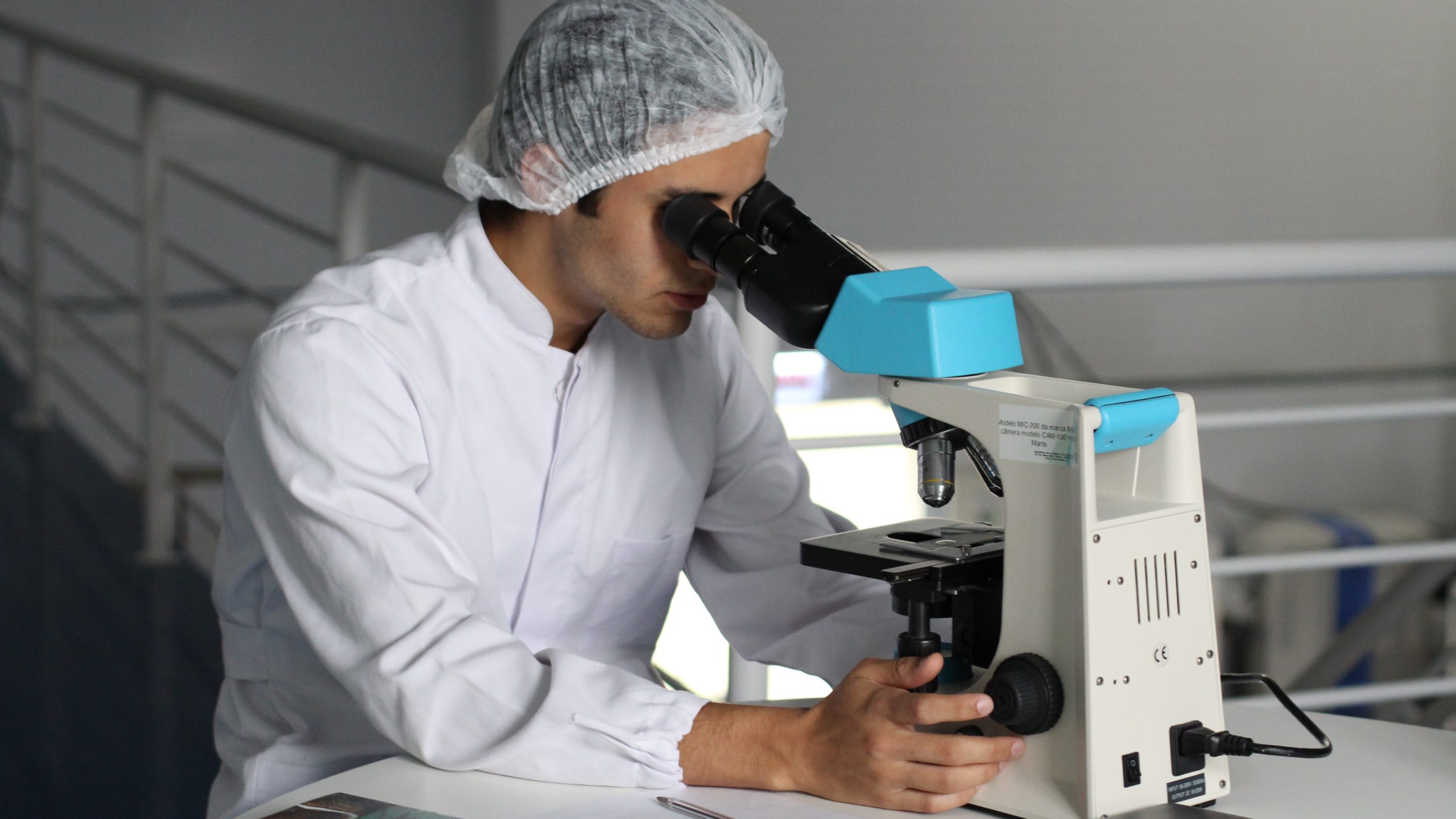High drug prices is one issue—perhaps the only one—on which legislators on both side of the aisle seem to agree on. But as of yet, all of the talk has led to little action. That is not the case for a conglomerate of thousands of dermatologists throughout the United States who have come together to form Skin Medicinals in order to provide their patients with a solution to the high cost of their medications. Instead of prescribing their patients expensive brand-name drugs—or even generics—Skin Medicinals provides physicians with compound solutions to create the same topical medications at a fraction of the cost.
Dhaval Bhanusali, MD, FAAD, Founder of Skin Medicinals, offers one example: A cream used for the treatment of rosacea cream called Finacea with MetroGel and Soolantra is actually three creams in one and can cost as much as $1,400. Meanwhile, Skin Medicinals has compounded the exact same formula for $45.
PM360 conducted an interview over email with Dr. Bhanusali and asked him about how this conglomerate works, whether any brands or generics are available for cheaper than their compound solutions, if this model could be applied to other specialties, and more.

PM360: Can you explain the mission behind Skin Medicinals and what it is this company is trying to do?
Dr. Dhaval Bhanusali: At a time when the cost of prescription medications has skyrocketed due to significant price increases set by the pharmaceutical industry, Skin Medicinals was created by dermatologists to provide all patients with affordable medication. Access has become harder and harder and even those with good insurance cannot always obtain medications at a realistic price.
Recently, there was a lot of coverage on the government going after price fixing, etc. in the generic pharma world. While that was certainly welcome, it was way after the prices had gone into effect, and we are still at a point where they are higher than ever before. Skin Medicinals was created to restore balance to a broken system and to do its small part to drive down the cost of prescription medications. Skin Medicinals was also created to reduce the heavy burden physicians face with prior authorizations for seemingly every medication they prescribe. Now, doctors can simply provide their patients with quality prescriptions at a low price point without the headache of prior authorizations piling up on their desks.
Can you take us through an example to show how the process behind Skin Medicinals work? For instance, say the dermatologist diagnoses a patient with rosacea. Why then prescribe a compound solution instead of a brand like Finacea? How does the doctor decide what to include in the compound solution? Does a patient still need to go to a pharmacy to pick up their prescription?
While there are numerous options for treating rosacea such as metronidazole, azeleic acid, and ivermectin, prescribing all three would include copays of $30-$45+ (each) from the patient, and then the insurance could be charged hundreds (or thousands) of dollars on the backend. This would lead to higher premiums/copays down the line. By using Skin Medicinals, the physician selects the ingredients and can compound a product with all of the above ingredients for $40-$45 total. The prescriptions are made via the platform and sent to a separate pharmacy which creates the medications and ships them directly to the patient’s home.
When you say that a brand like Finacea with MetroGel and Soolantra can cost as much as $1,400, is that the out-of-pocket cost for patients with or without insurance (or just not covered under their insurance)? Are there any instances where a brand is covered and is cheaper than the compound solution, or could be with the use of a copay card or other patient assistance program? And would doctors still prescribe the compound solution in those instances?
This is a very good question and essentially where the main issue is in healthcare.
If not covered, a medication can cost hundreds of dollars. If it is covered with a copay card, the patient may pay $0 but the insurance is still charged an extraordinary amount. Ultimately, the price is still placed on the patient, just more so down the line. $0 today could mean a $100 deductible/copay on medications the following year. We haven’t seen instances of generics being cheaper than compounds, although it could potentially happen with one-offs or special occasions.
Can you provide other examples where patients who aren’t covered by insurance may be able to save by using a compound solution vs. a brand? What kind of savings could they see?
Generic clobetasol, one of the most common medications in dermatology, used to be a $20 medication. Now, it is not uncommon for patients to call and let us know that the medication costs $800 (with or without insurance). The anti-inflammatories through the Skin Medicinals platform range between $24-$35.
Do compound solutions always follow the same formula as brands? What are the advantages and/or risks of changing the formula since compounded drugs do not go through the same FDA approval process as brands or generics?
There are always risks and this is important to note, as is the case with regular branded medications going through FDA. That being said, the ingredients separately are all approved and regularly used in compounds or OTC. In combining, the pharmacy and physicians base the formulas on research studies and other science-based literature, as well as our own experiences practicing medicine. That being said, there is strict regulation in the compounding world, something I am all for and believe is needed. Safety always comes first.
How many dermatologists are currently working with Skin Medicinals? And how do patients who are interested in the option of compound solutions make sure their dermatologist is a part of Skin Medicinals or can find one who is?
About 3,000 currently (almost one in three dermatologists around the country). It has become a grassroots movement that dermatologists and physicians in general are supporting. They understand we are at a critical juncture in our healthcare system, and if we aren’t careful, we are on the road to bankrupting the healthcare system. Skin Medicinals has gained favor with many professionals who want to support the mission of driving down patients cost and driving down the cost to the healthcare system as a whole.
We will have a physician search tool up soon. Otherwise, dermatologists can go to www.skinmedicinals.com and register in just a few minutes.
Looking at the larger picture, how can this same model be applied to other areas of medicine? Do you have any examples of other companies or conglomerates of other physician specialties doing something similar?
We haven’t seen it other places. Companies like Curology, Hims, and Keeps don’t always have the right specialist evaluating the right patient. They are essentially churning out patients and are not necessarily practicing safe medicine. That’s important. Safety is of the utmost importance to us.
Are there any areas of medicine this model would work particularly well for compared to others?
It’s become common in ophthalmology, although admittedly, my knowledge of the field is limited at the moment. I would think things like insulin and other overly priced, everyday medications may do great (and quite frankly we NEED cheaper options). That being said, injections and invasive medications fall under an entirely different category of safety scrutiny (rightfully) and so it isn’t something one can start doing on a whim. There is a lot of opportunity but it needs to be done and explored the right way, with patient safety always first.
Do you have anything else you would like to add about the issue of drug pricing in the U.S. and how else doctors, pharma companies, or the government can help make medications more affordable for patients?
This is honestly a reflection of a field-wide mission to help our patients. It’s been beautiful to see this type of innovation in a field (healthcare) that is usually slow to adopt. We were hit, what feels like overnight, with a drastic change in what we could use to treat our patients, so we had to do something. That something became Skin Medicinals, and I am immensely proud of being behind the mission, and hopefully we can continue to help. We have already helped over 70,000 patients and saved healthcare approximately $20M. It has truly been anything beyond what I could have imagined.









